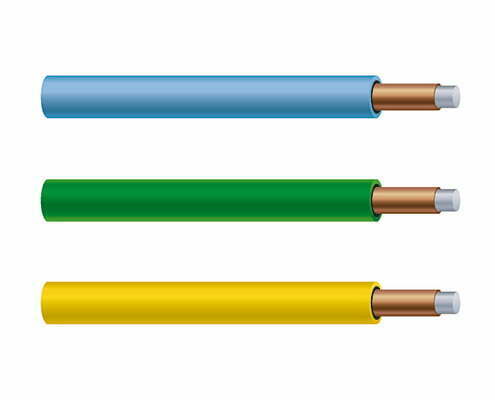Around the world, pipeline safety regulations are undergoing important changes.
Currently, countries like Germany and Canada already require copper-clad steel tracer wires for critical infrastructure projects. Meanwhile, U.S. standards are rapidly moving in the same direction.
Historically, utilities could choose between various tracer wire materials.
However, decades of field experience proved that pure copper and aluminum options fail prematurely in many soil conditions. As a result, international standards organizations began updating their requirements.
The most significant development came in 2021 when ASTM International published standard B910 for copper-clad steel tracer wires. This document specifies:
- Minimum copper thickness (0.020 inches)
- Tensile strength requirements (500 MPa minimum)
- Corrosion resistance standards
- Conductivity measurements
Similarly, the Canadian Standards Association updated CSA C22.2 No. 210 to emphasize steel-core conductors. According to their research, copper-clad steel tracers showed 80% better performance in freeze-thaw cycling tests compared to alternatives.
In Europe, the EN 50162 standard now recommends copper-clad steel for all buried utility applications. Major energy companies like Shell and BP have adopted these specifications globally after successful trials in harsh environments ranging from North Sea oil platforms to Middle Eastern desert pipelines.
For utilities considering the transition, the benefits are clear:
- Future-proofing assets against evolving regulations
- Reducing long-term maintenance costs
- Improving locate reliability for damage prevention
While some regions still allow older tracer wire types, the global trend is unmistakable. Forward-thinking operators are making the switch now rather than waiting for mandatory requirements. After all, the modest additional upfront cost pales in comparison to the expense of premature system failures.
To assist with the transition, our company provides:
- ASTM B910 compliance documentation
- Soil compatibility guidance
- Installation training programs
In summary, copper-clad steel tracer wire isn’t just another option – it’s becoming the global standard for good reason. By adopting it now, utilities position themselves as industry leaders in pipeline safety and reliability.

